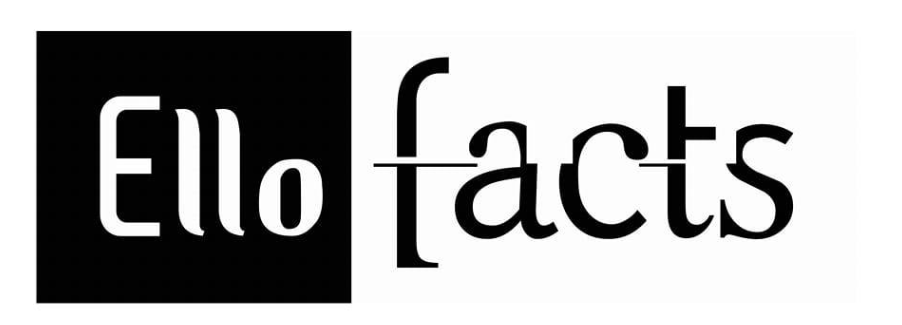Aadhaar-Voter Cards No Longer Enough? India to Introduce ‘Smart Citizenship Card’
India to launch Smart Citizenship Card replacing Aadhaar & Voter IDs with a secure, all-in-one identity for citizens.

In a landmark step toward modernizing governance and ensuring seamless identity verification, India is preparing to launch the Smart Citizenship Card, signaling a new era in digital identity. While Aadhaar and Voter ID cards have been the backbone of identity verification for years, the government has identified gaps in their usage. With rising security concerns, duplication issues, and the growing need for a single, all-in-one identity solution, these traditional IDs are no longer considered sufficient for the evolving demands of the nation.
Why Aadhaar and Voter ID Alone Are Not Enough
Both Aadhaar and Voter IDs serve crucial but limited purposes. Aadhaar is widely used for welfare schemes, financial verification, and KYC processes, while the Voter ID is primarily meant for electoral identification. However, challenges such as misuse of Aadhaar data, fake or duplicate voter cards, and fragmented identity systems across various government platforms have raised the need for an integrated, tamper-proof identity card that can serve multiple roles simultaneously.
Purpose and Objectives of the Smart Citizenship Card
The upcoming Smart Citizenship Card aims to act as a unified identity, combining features of Aadhaar, Voter ID, PAN, driving license, and even health records in a single card. It will serve as:
-
Proof of Citizenship – validating one’s status as a legitimate citizen of India.
-
One Nation, One Identity Solution – eliminating the need to carry multiple cards.
-
Digital Governance Tool – enabling faster verification for government schemes, voting, taxation, healthcare, and travel.
-
Enhanced Security – equipped with advanced chips, biometric integration, and encryption to prevent misuse.
Announcement and Implementation
Reports suggest that the official announcement regarding the Smart Citizenship Card will be made in late 2025, with pilot projects expected in select states before a nationwide rollout. The card is likely to be issued under the supervision of the Ministry of Home Affairs and the Election Commission of India, ensuring transparency and accuracy.
Proof and Eligibility
Citizens will be required to submit existing valid documents such as Aadhaar, Voter ID, Birth Certificates, or Passport to apply. Advanced biometric authentication—fingerprints, retina scans, and digital signatures—will be integrated to ensure foolproof verification.
Advantages
- Single Identity Solution – reduces the hassle of maintaining multiple IDs.
- Secure and Tamper-Proof – advanced chips and biometrics make duplication difficult.
- Faster Services – improves speed of government benefits, voting, and KYC.
- Transparency – helps curb fraud in elections, subsidies, and welfare schemes.
- Digital Integration – aligns with India’s Digital India vision.
Disadvantages & Concerns
- Privacy Risks – storing all information in one card could raise security concerns if misused.
- Technical Challenges – errors in biometric data or system downtime may cause disruptions.
- Cost of Implementation – mass production and distribution will require significant resources.
- Transition Period – phasing out Aadhaar and Voter ID dependency may create confusion.
Significance
The Smart Citizenship Card is a historic step that will redefine how identity is managed in India. It not only strengthens national security but also enhances convenience for citizens. While Aadhaar and Voter ID will still hold value during the transition, the new card is expected to become the primary proof of identity and citizenship.
Final Thoughts and Conclusion
The introduction of the Smart Citizenship Card highlights India’s ambition to build a future-ready digital governance system. It represents progress, efficiency, and modernization, but also comes with challenges that must be addressed carefully. Ensuring data security, privacy safeguards, and smooth implementation will be crucial to its success.
In the long run, this step has the potential to unify multiple identity proofs into one powerful document, making governance more effective and citizens’ lives easier. However, the government must strike the right balance between innovation and privacy protection to ensure trust among the people.

 Ellofacts
Ellofacts 





